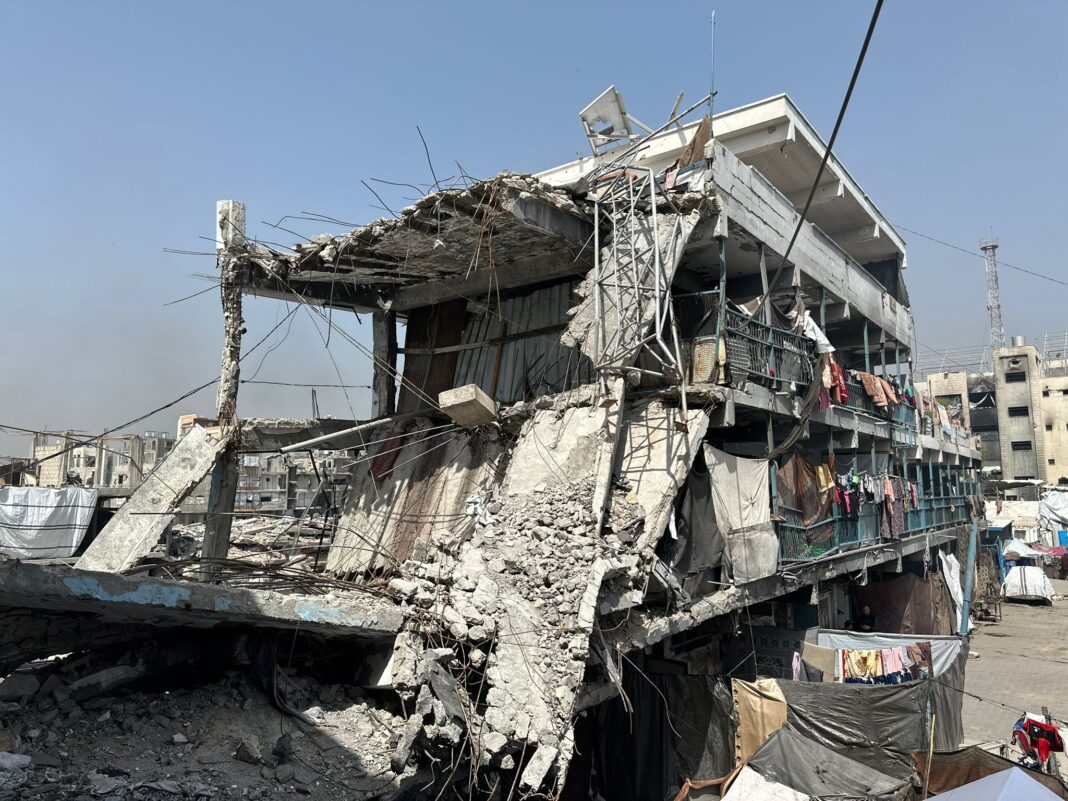As Gaza marks twelve weeks under a near-total blockade imposed by Israel after the breakdown of early 2025 ceasefire extension talks, the humanitarian crisis has reached a dire threshold, with international aid organizations warning of an impending famine and the collapse of vital services.
Food, water, and medical supplies have all but disappeared, leaving Gaza’s 2.1 million residents, half of them children, on the brink of catastrophe.
According to the United Nations International Children’s Emergency Fund (UNICEF), 71,000 children and more than 17,000 mothers require urgent treatment for acute malnutrition.
No humanitarian or commercial supplies have entered Gaza since the start of the blockade in March. Aid agencies, including the World Food Programme (WFP) and the United Nations Relief and Works Agency (UNRWA), have thousands of trucks loaded with food and medical supplies waiting just outside the Strip, but Israeli restrictions prevent their entry.
As of 25 April, WFP has exhausted its food stocks inside Gaza, and with border crossings closed for over two months. The entire population of Gaza is now experiencing acute food insecurity, with 470,000 people classified as facing catastrophic hunger (IPC Phase 5), the highest level of food insecurity recognized globally.
Community kitchens, once a lifeline for many, are shutting down daily due to a lack of supplies. Aid agencies warn that hundreds of thousands face starvation as humanitarian corridors remain blocked.
Despite the presence of more than 116,000 metric tons of food as of the end of April, enough to feed 1 million people for up to four months, assistance ready to enter Gaza, the ongoing blockade has prevented life-saving supplies from reaching those in need.
Aid organizations, including UNICEF, the Palestine Red Crescent Society, and the WFP, have sounded the alarm, stating that unless borders reopen and aid is allowed in at scale, the region could witness a full-scale famine and further collapse of its already devastated health infrastructure.
The executive director of WFP, Cindy McCain, called the situation a “catastrophe” and warned that, without immediate action, famine is inevitable.
The Red Crescent and Red Cross reported on 22 May that Gaza’s healthcare system is near total collapse. Nearly half of all hospital medications and 70 percent of primary care drugs are unavailable, leaving chronic disease patients and the wounded without treatment.
Medical staff continue to risk and lose their lives while providing emergency care, including members of the Palestine Red Crescent Society, which has been operating under extreme danger and has lost 28 staff members since 2023 while distributing emergency relief and delivering critical medical services.
According to United Nations (UN) humanitarians, “Israel’s aid plan will force Gaza families to choose ‘between displacement and death’.”
McCain stated that while food deliveries have resumed in Gaza, the current supply remains insufficient. During the ceasefire, approximately 600 aid trucks entered the territory each day, a figure that has since dropped to around 100, she said.
On 26 May, the newly formed Gaza Humanitarian Foundation (GHF), backed by the United States (U.S.) and Israel, announced plans to distribute aid directly in Gaza. However, the UN and major humanitarian organizations have declined to participate, citing concerns that centralized distribution points could endanger civilians and undermine established relief efforts.
“Families in Gaza are starving while the food they need is sitting at the border,” said McCain.


